| ATM Interface | User interface for interaction, including a touchscreen or keypad for transactions. | Design & Integration: The interface is designed for user-friendliness and integrated with software and hardware. |
| Card Reader | Reads debit or credit cards for authentication and transaction processing. | Assembly & Calibration: The card reader is assembled and tested for accurate card reading and security features. |
| Cash Dispenser | Dispenses cash to users after transaction approval. | Installation & Testing: The dispenser is installed and calibrated to ensure reliable cash handling. |
| Bill Validator | Validates and processes banknotes for deposits. | Integration & Testing: The bill validator is integrated and tested for accurate and secure bill processing. |
| Receipt Printer | Prints transaction receipts and account statements. | Component Integration: The printer is installed and tested for clear, accurate printing of receipts. |
| Enclosure (Housing) | Protective casing that houses and shields all internal components from environmental damage. | Fabrication & Assembly: The enclosure is manufactured from durable materials, assembled, and finished for resilience. |
| Power Supply Unit | Provides electrical power to all components of the ATM. | Power Integration: The power supply unit is integrated and connected to ensure consistent operation. |
| Connectivity Module (Wi-Fi, Ethernet) | Enables communication with the banking network for transaction processing and updates. | Network Integration: The connectivity module is installed and tested to ensure reliable network communication. |
| Security Features (Cameras, Alarms) | Protects the ATM from theft and tampering, and monitors user interactions. | Security Installation: Security features are installed and configured to safeguard the machine. |
| Software (Operating System, Banking Software) | Manages transactions, user interactions, and communication with banking systems. | Software Installation & Configuration: The software is installed, configured, and tested for functionality and security. |

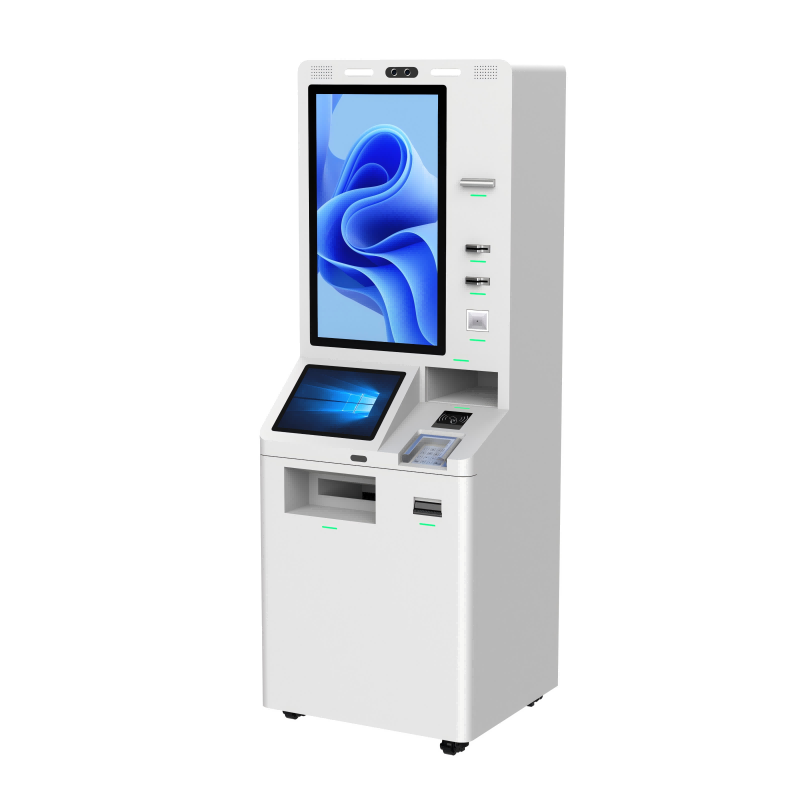

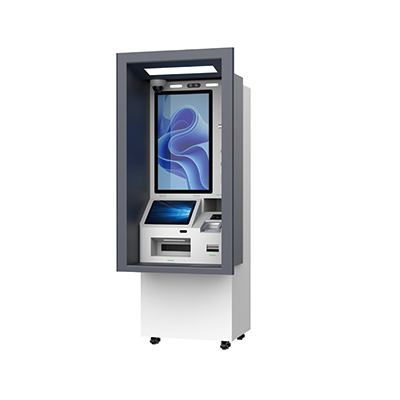
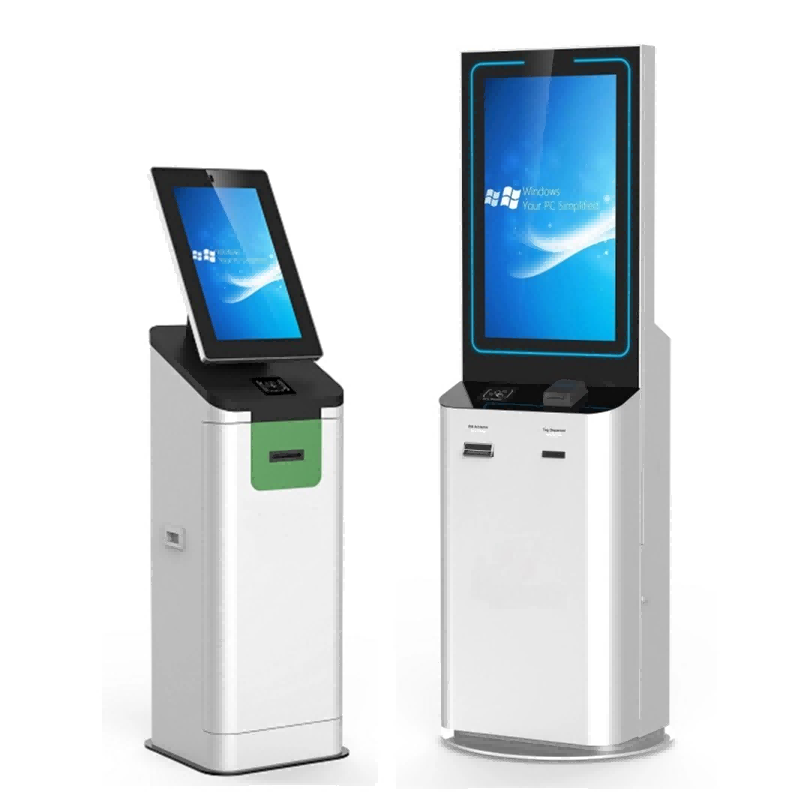
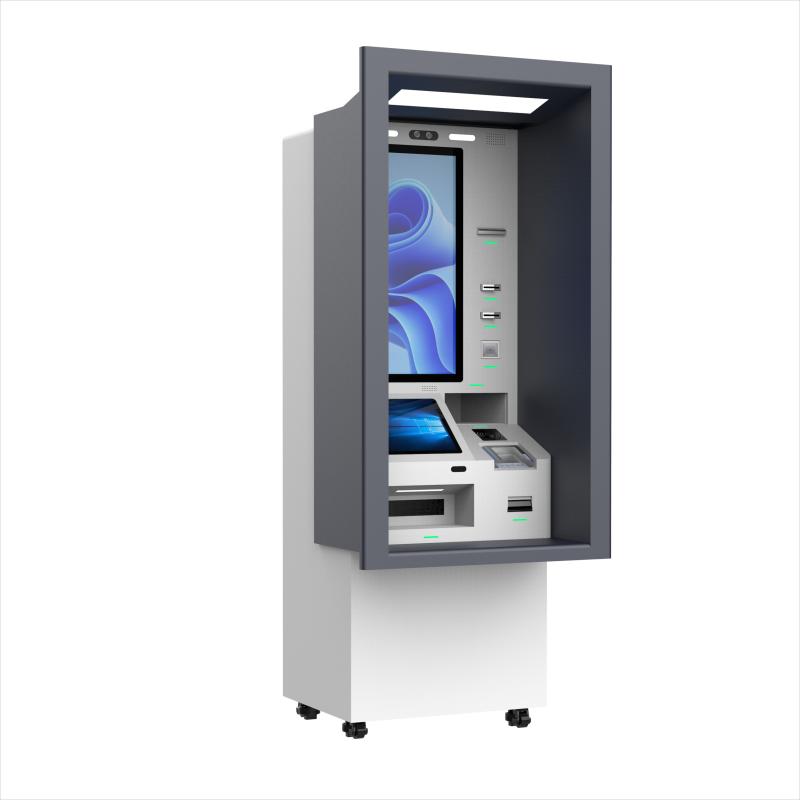
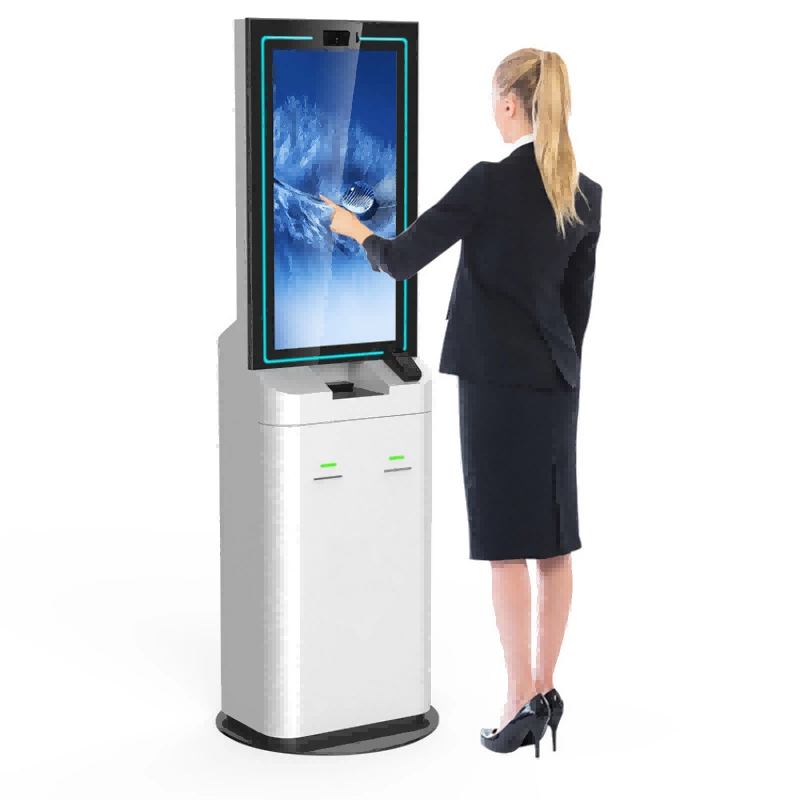
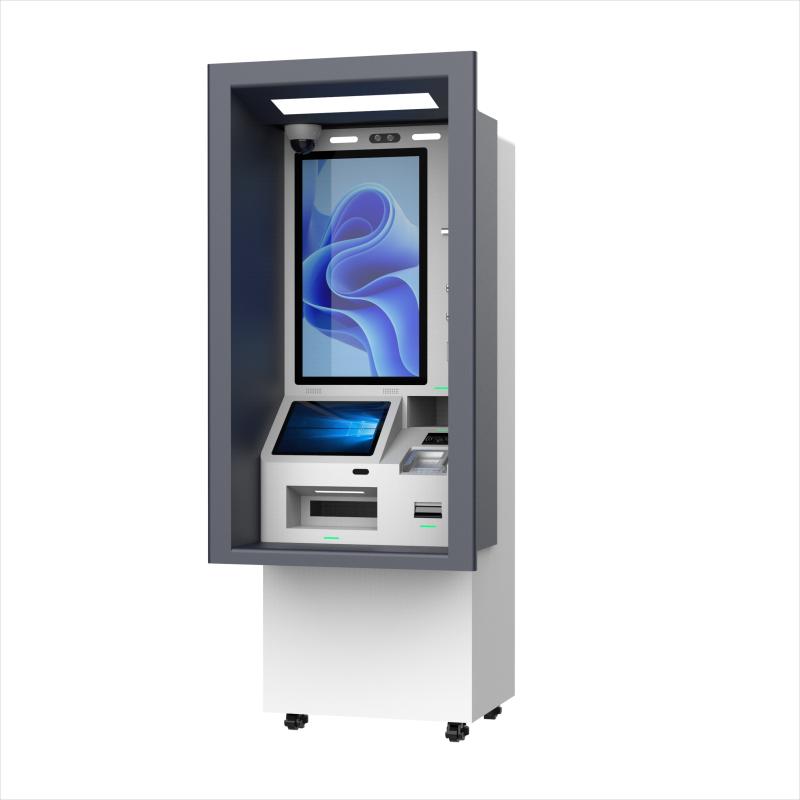
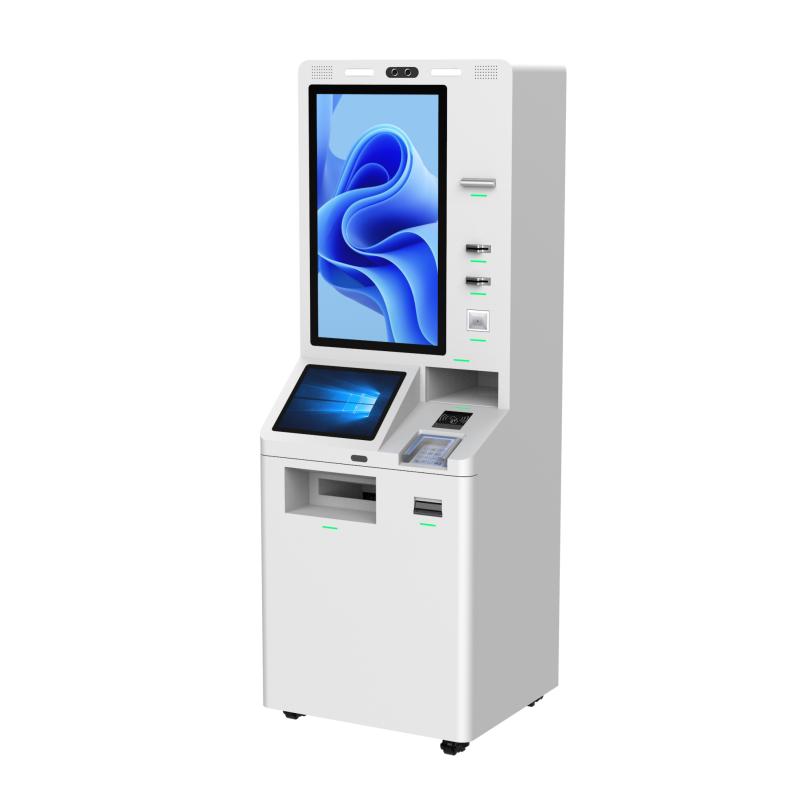

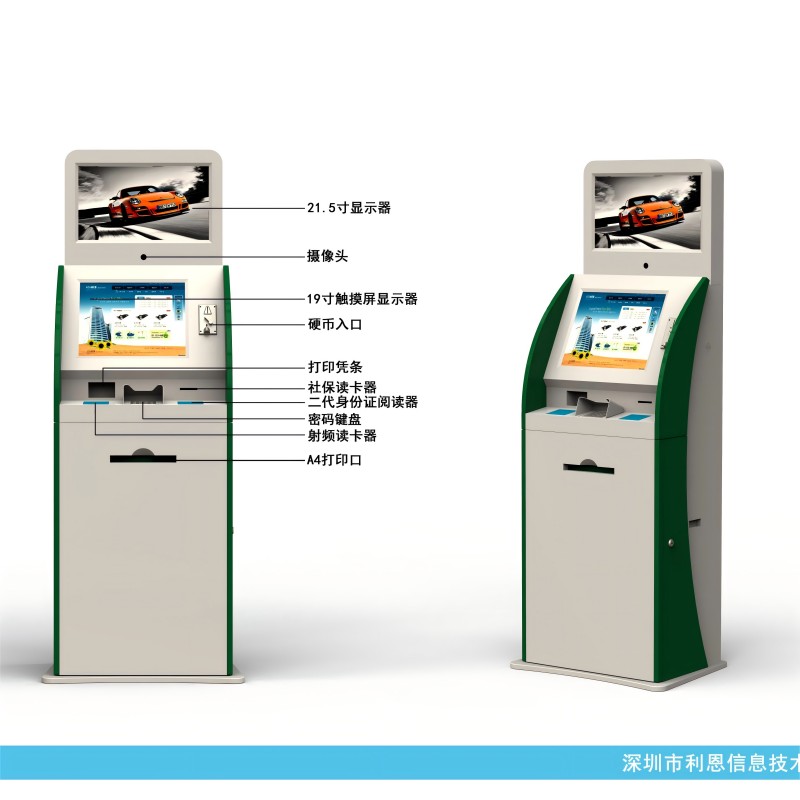
What did our happy clients say?
Absolutely thrilled with our new kiosk ATM! It’s reliable, user-friendly, and has significantly boosted our customer satisfaction. The installation was seamless, and the support team has been fantastic. Highly recommend the kisok manufacturer of Lean Kiosk System!
The kiosk ATM machine we purchased has exceeded our expectations. It’s robust, secure, and easy for customers to use. The custom features and excellent support have made a big difference in our operations. Great investment for our business!
We are very pleased with our new ATM machine. It integrates perfectly with our existing systems and has proven to be very durable. The quality of the product and the professional service provided were top-notch!
Our experience with this kiosk ATM has been fantastic. The machine works flawlessly, and the features are exactly what we needed. The customer service has been outstanding, making the entire process smooth and efficient. Highly satisfied!